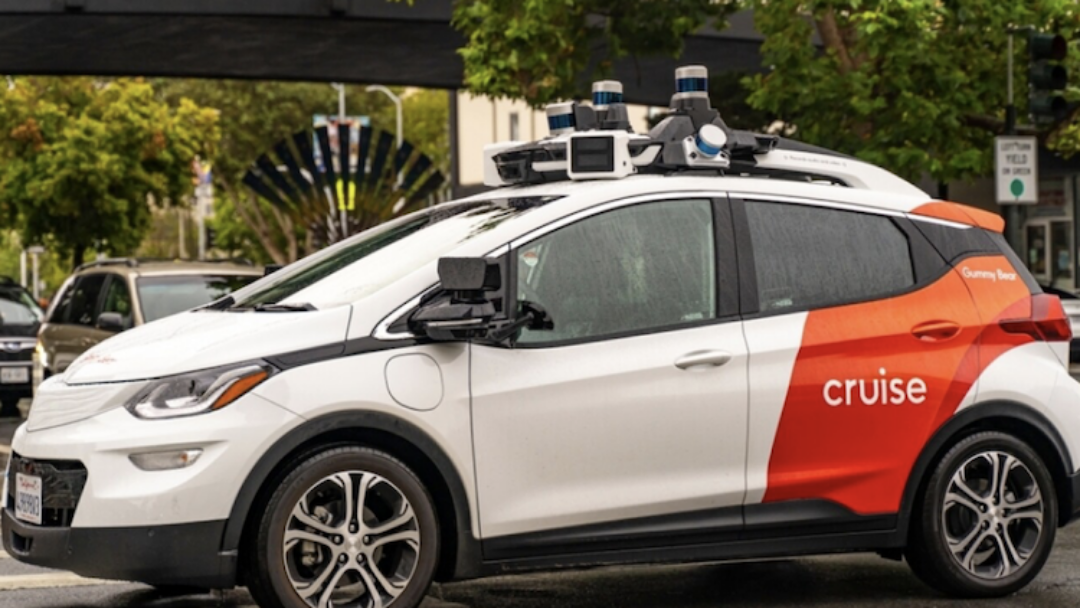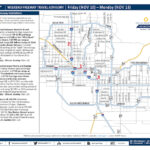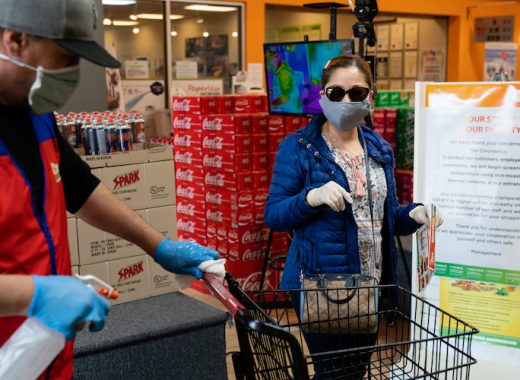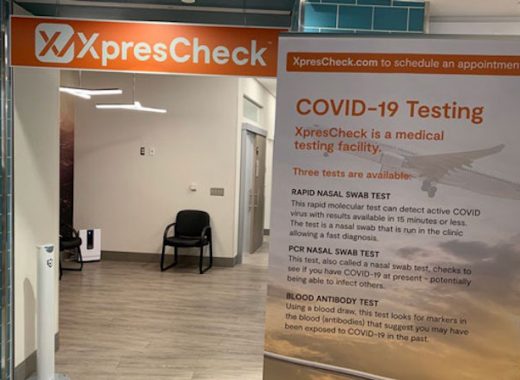All 950 of the cars operated by General Motors’ Cruise autonomous vehicle division are being recalled in order to upgrade their software, following an incident in early October in which one of the vehicles dragged a pedestrian to the side of a San Francisco street.
In papers presented to the American safety overseers on Wednesday, the business asserted that, with the modernized programming, Cruise cars will stay unmoving if another event of this kind occurs again in the future.
On October 2, the occurrence of the crash caused Cruise to put a stop to its driverless services all over the nation after California’s authorities identified that their vehicles posed a threat to the public’s safety. The California DMV revoked Cruise’s license, which had been offering passengers rides without human operators in San Francisco.
A driver in another vehicle had a collision with a pedestrian which sent the person into the way of a Cruise autonomous vehicle. This self-driving car initially halted but unfortunately still hit the pedestrian. It then veered to the right to steer clear of the traffic, pulling the pedestrian about 20 feet in front. The individual was trapped beneath one of the Cruise vehicle’s tires and suffered critical wounds.
Cruise has reported in documents released by the U.S. National Highway Traffic Safety Administration that they have already developed newer software for test vehicles that are being monitored by human safety drivers. Prior to resuming operations, the autonomous cars will be equipped with the new software, the company has stated.
On Wednesday, GM announced that even though the risk of a potentially fatal accident occurring every 10 to 100 million miles without the update remained, the recall was still carried out.
Cruise announced that, in light of the October 2nd crash, they have chosen to appoint a chief safety officer, call upon a law firm to review their handling of the incident, hire a third-party engineering firm to identify the technical cause, and enforce company-wide safety and transparency “pillars”.
For further details: Are autonomous vehicles secure?
Delays in progress at Cruise may impede the distribution of self-piloting cars with no human operators on board. This could lead to more stringent federal supervision of the vehicles, which are now in use in a growing number of cities.
On October 16, the NHTSA initiated an inquiry in regards to four reports that Cruise vehicles might not be exhibiting sufficient caution around pedestrians. Documents from the agency mentioned two injuries, one of which was the crash from the second of October. The grievances implicated cars that were driving autonomously and “intruding on pedestrians who were in or entering the roads, including pedestrians in crosswalks near the vehicles’ designated route of travel,” the organization declared.
According to documents submitted to the National Highway Traffic Safety Administration by Cruise, their automated driving system was set up to pull off the road and out of traffic to reduce the potential for safety concerns and traffic disturbances after a collision. The reaction to a crash would be based on the situation, however in certain cases such as a pedestrian lying on the ground in front of the vehicle, pulling over would not be the recommended response.
Cruise made the mistake of classifying the collision as a side-swipe, and as a result, the self-driving car was ordered to move out of traffic, which resulted in the passenger being pushed forward instead of staying in place, the company clarified.
The Department of Motor Vehicles has not given an explanation for suspending Cruise’s license, but they have accused them of furnishing inaccurate security data concerning their self-driving cars. This decision was made after a number of events that raised questions about the potential danger and disturbance caused by Cruise’s robotic taxis.
The DMV and other parties accused Cruise of not revealing the whole video of the accident right away, though the robotaxi operator has countered by insisting that they made the complete video available to state and federal authorities.
Cruise, a subsidiary of General Motors Co., has very lofty objectives. The automaker from Detroit anticipates that its yearly revenue from Cruise will hit $1 billion by the year 2025, which is significantly more than the $106 million it earned in the last year.
GM has temporarily halted the manufacturing of the Origin, an autonomous car created for Cruise with the capability for multiple passengers. It is likely that the production will resume at a factory located in the Detroit area when Cruise begins offering autonomous ride-sharing services again.








